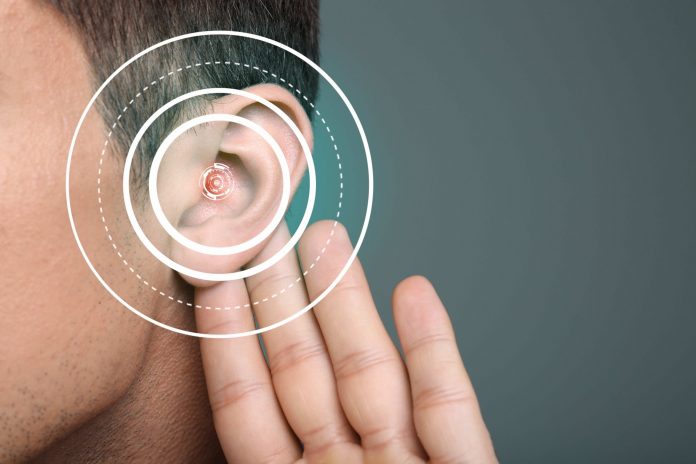Hearing a ringing sound or other peculiar noises is a relatively common condition that can interfere with hearing, concentration and quality of life.
With about two in three people in Australia suffering from tinnitus at some point in their life and about seven per cent having tinnitus that severely affects their quality of life, it’s an issue needing to be better understood and managed.
While tinnitus can cause little more than a mild annoyance in some patients, there are those who feel significant, debilitating pain. Sufferers have described sounds they hear as ‘like a knife to my eardrums’, and the pain they feel as, ‘year-round sunburn deep inside my ears’. Writing about his own experience of Tinnitus, Professor Charles Liberman from Harvard Medical School said: “The pain lingers long after the sound is gone, much as the pain from a flesh wound would.”
However, while tinnitus may be a chronic condition in some patients, it’s not a disease. Instead, it’s a symptom of a problem in the auditory system, including the inner, middle and outer ear, the auditory nerve connecting the inner ear to the brain, and the parts of the brain that process sound. It can affect one or both ears and is sometimes intermittent.
Tinnitus can be the result of a number of health conditions, including:
- Noise-induced hearing loss.
- Ear and sinus infections.
- Disease of the heart or blood vessels
- Ménière’s disease.
- Brain tumours.
- Hormonal changes in women.
- Thyroid abnormalities.
While tinnitus is known to be an early sign of hearing loss in older people, it can also be a side effect of medications. More than 200 drugs are known to cause tinnitus when patients start or stop taking them.
Among the medications known to cause tinnitus are:
- Aspirin and NSAIDs.
- Tricyclic antidepressants.
- Isotretinoin (Accutane).
- Beta-blockers.
- Loop diuretics.
- ACE inhibitors and angiotensin receptor blockers.
- Chloroquine and hydroxychloroquine.
Ear wax
In many cases, something as simple as a piece of ear wax blocking the ear canal or touching the eardrum may be causing tinnitus.
Ear wax, also known as cerumen, is a harmless substance made by tiny glands in the ear canal. Its job is to clean and protect the ears by trapping dirt and germs, ensuring they don’t travel deeper inside the ear, potentially causing an ear infection.
Usually, ear wax naturally moves out of the ear, carrying with it any dirt and dead skin cells. Normal movements of the jaw, such as chewing and talking, help with this. Usually, the exiting ear wax washes off when people shower or wash.
While ear wax is necessary as it plays an important role in keeping the ears clean and healthy, if it’s allowed to build up, it can be uncomfortable and cause problems, including tinnitus.
Patients with a build-up of ear wax will typically report symptoms including a full feeling in the ear, earache and pain, or itchiness, ringing noises, problems with hearing clearly, and dizziness. When ear wax is the cause of these symptoms, treatment is usually possible using a range of products available in pharmacies.
What’s the solution?
While managing a patient’s pain is a key step in dealing with tinnitus, it’s important to try to remove the cause.
Always advise patients not to attempt dislodging ear wax with their fingers, cotton buds or other objects, such as hair grips. Use of products not designed specifically for ear wax removal can push the ear wax further in and damage the ear.
Instead, recommend the use of products that include softening agents, known as cerumenolytics, in oils or ear drops that are designed to soften ear wax so it naturally exits the ear.
One such product is Waxsol, an effective water-based solution typically requiring just two applications over two nights for effective ear wax removal. An added advantage is that Waxsol can be administered using the supplied dropper to one ear or both ears at once if needed.
In more stubborn cases, recommend products designed to irrigate the ear by way of ear syringing, clearing the wax using a stream of warm water directed into the ear canal.
While ear syringing products and kits are available OTC for home use, they are unsuitable for people who suffer frequent ear infections or those with grommets, other surgically inserted ear tubes or a perforated eardrum.
If patients have no success using these approaches, physical removal by a healthcare professional using a suction device or instrument is recommended.
For more and to read the feature in full as it appears in the March issue of Retail Pharmacy magazine, visit: retailpharmacymagazine.com.au/magazine/retail-pharmacy-march-2022/








